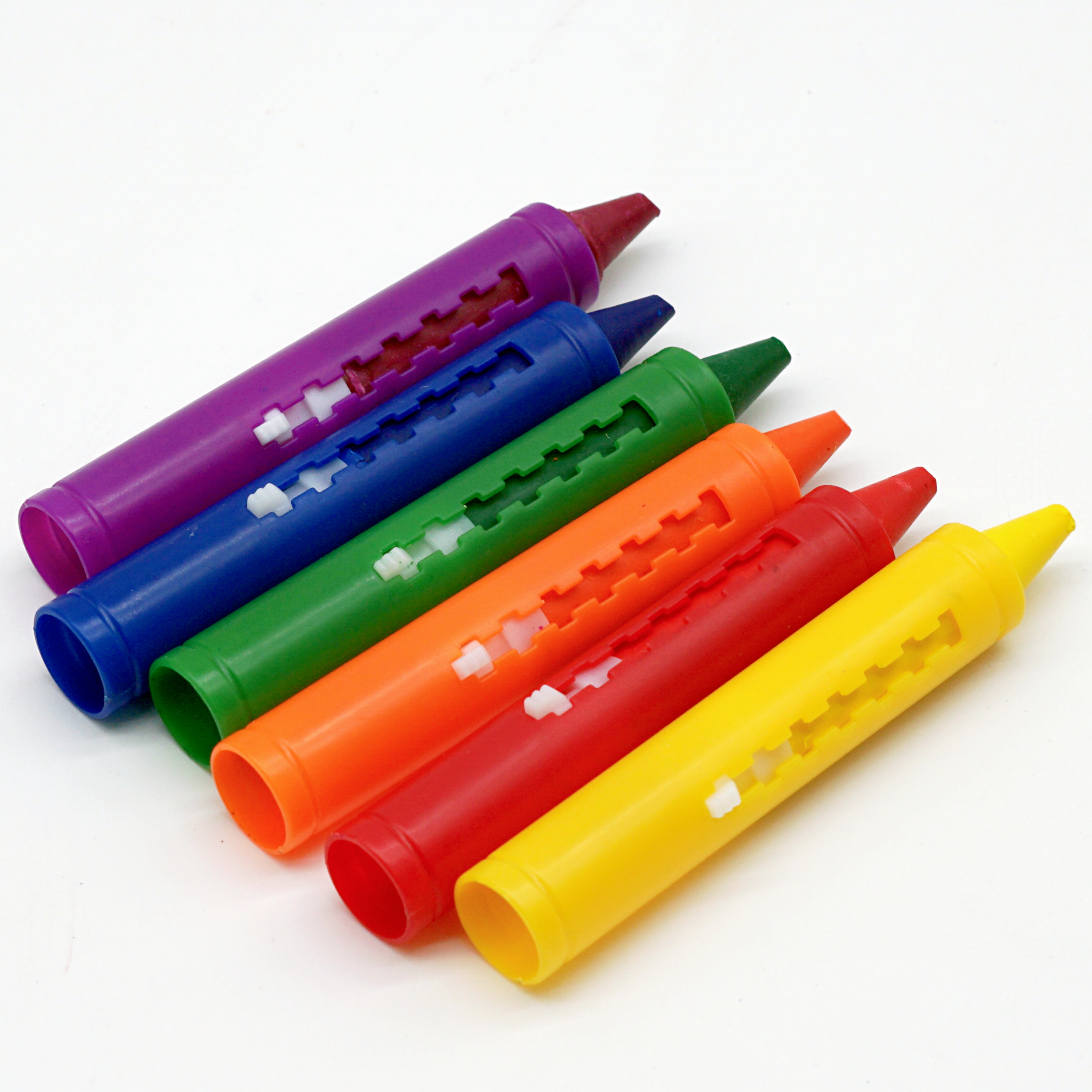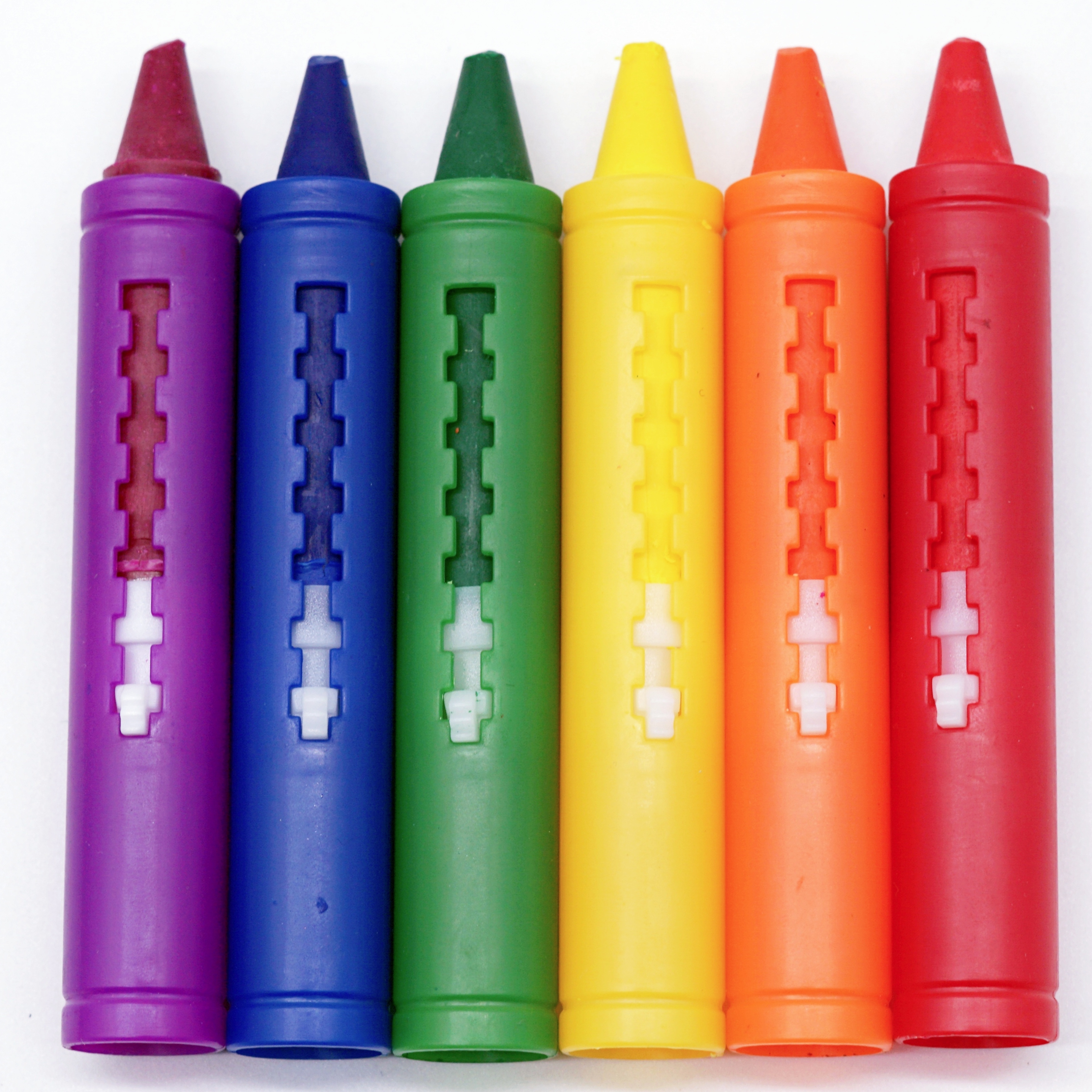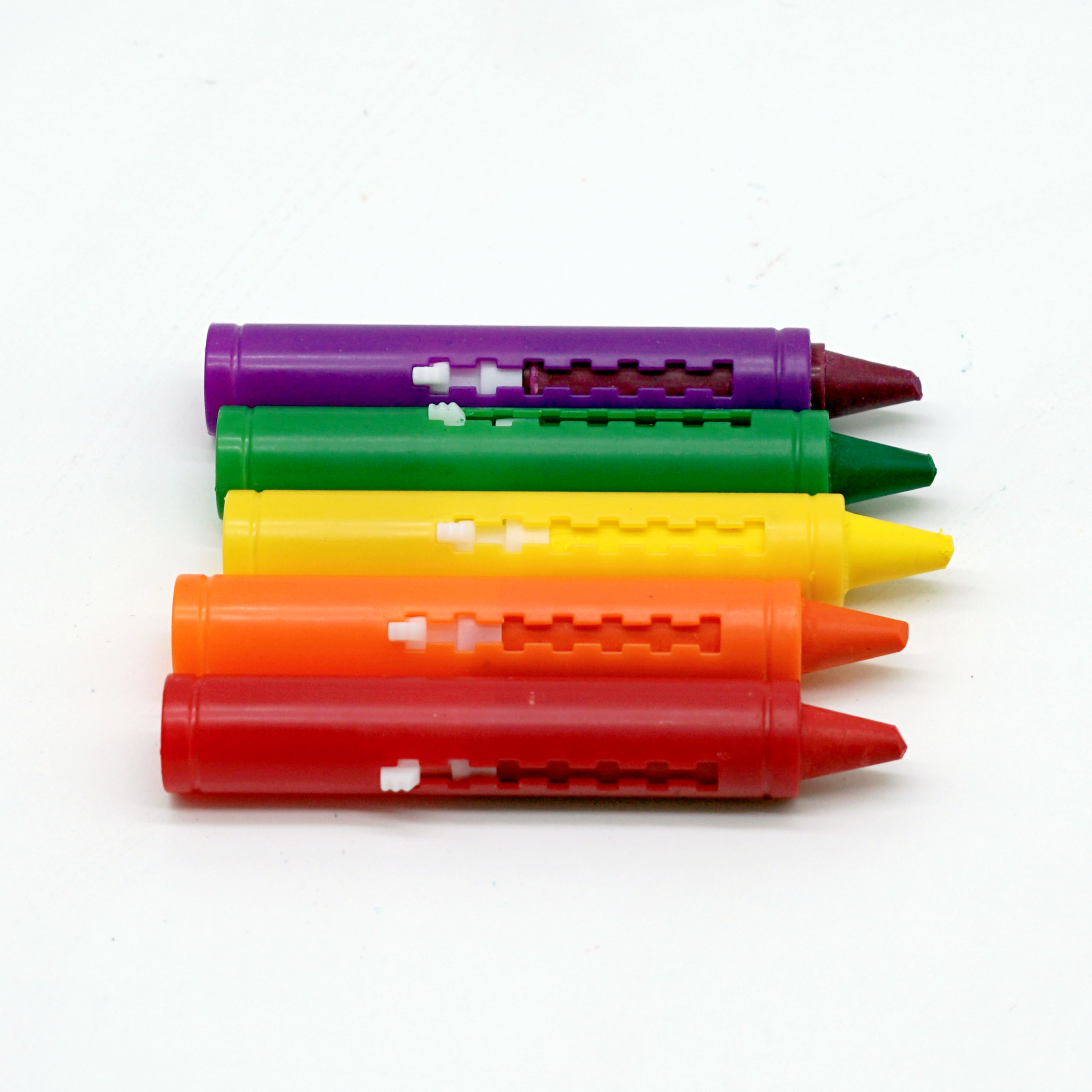The difference between bath crayons and regular crayons
There are actually so many differences between bath crayons and regular crayons.
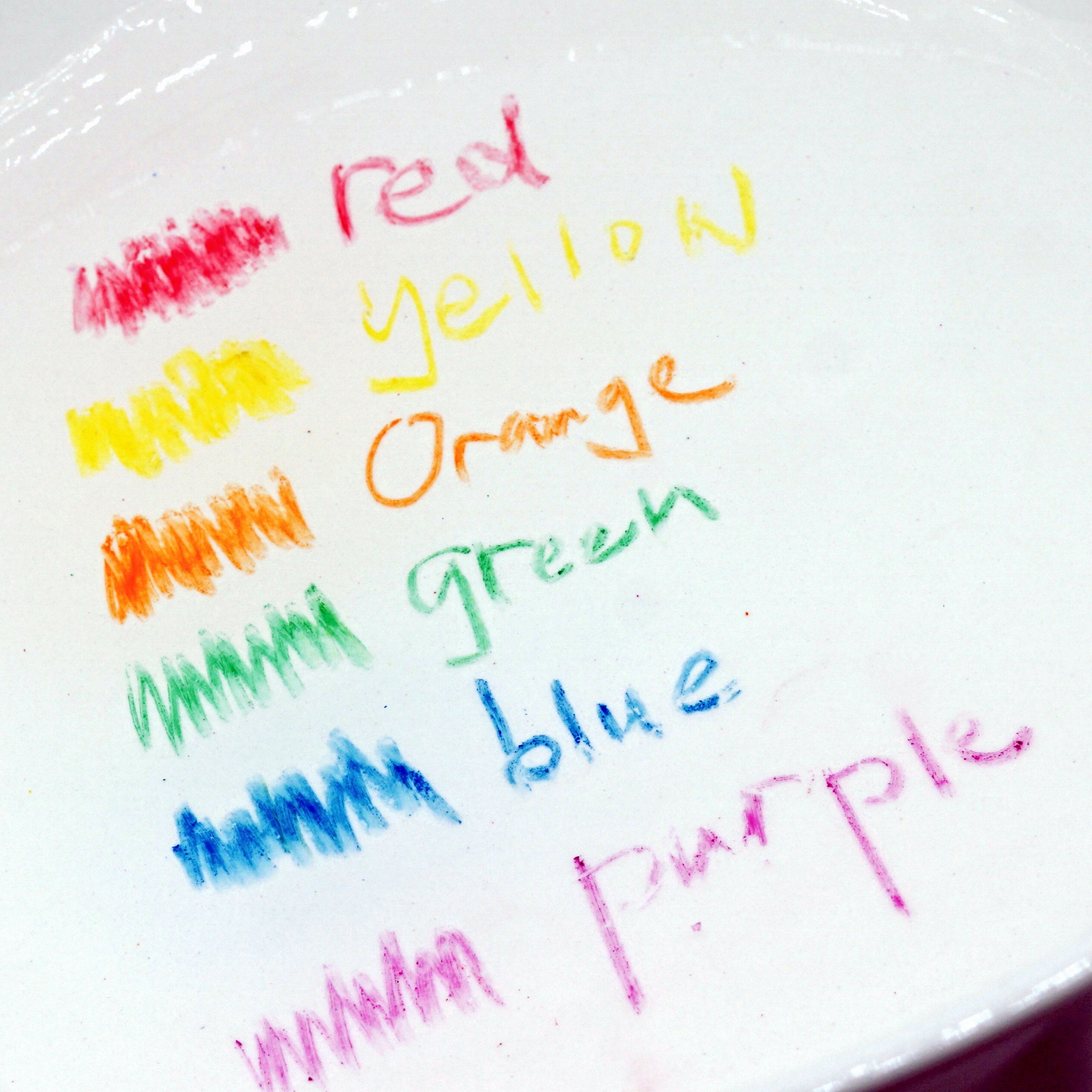
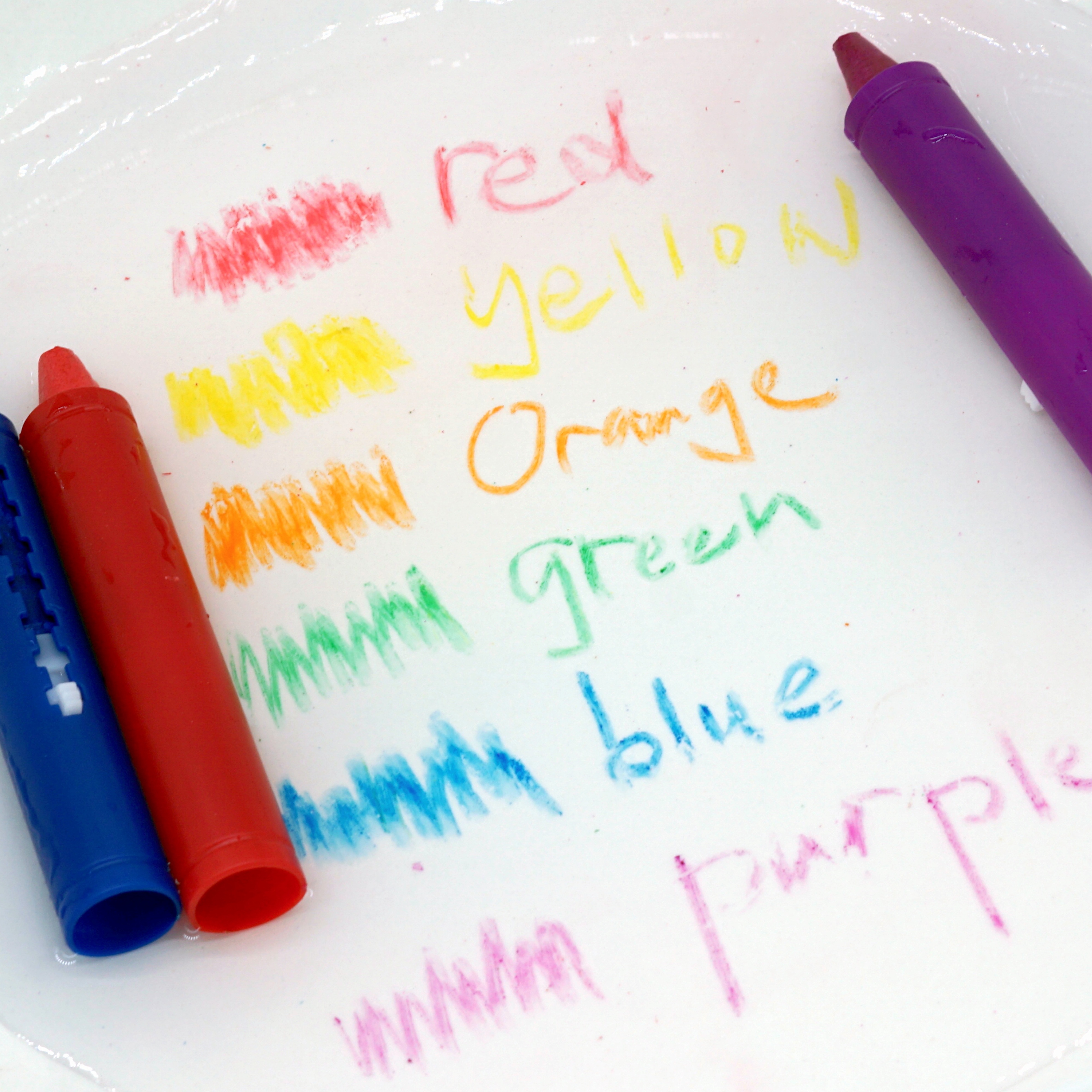
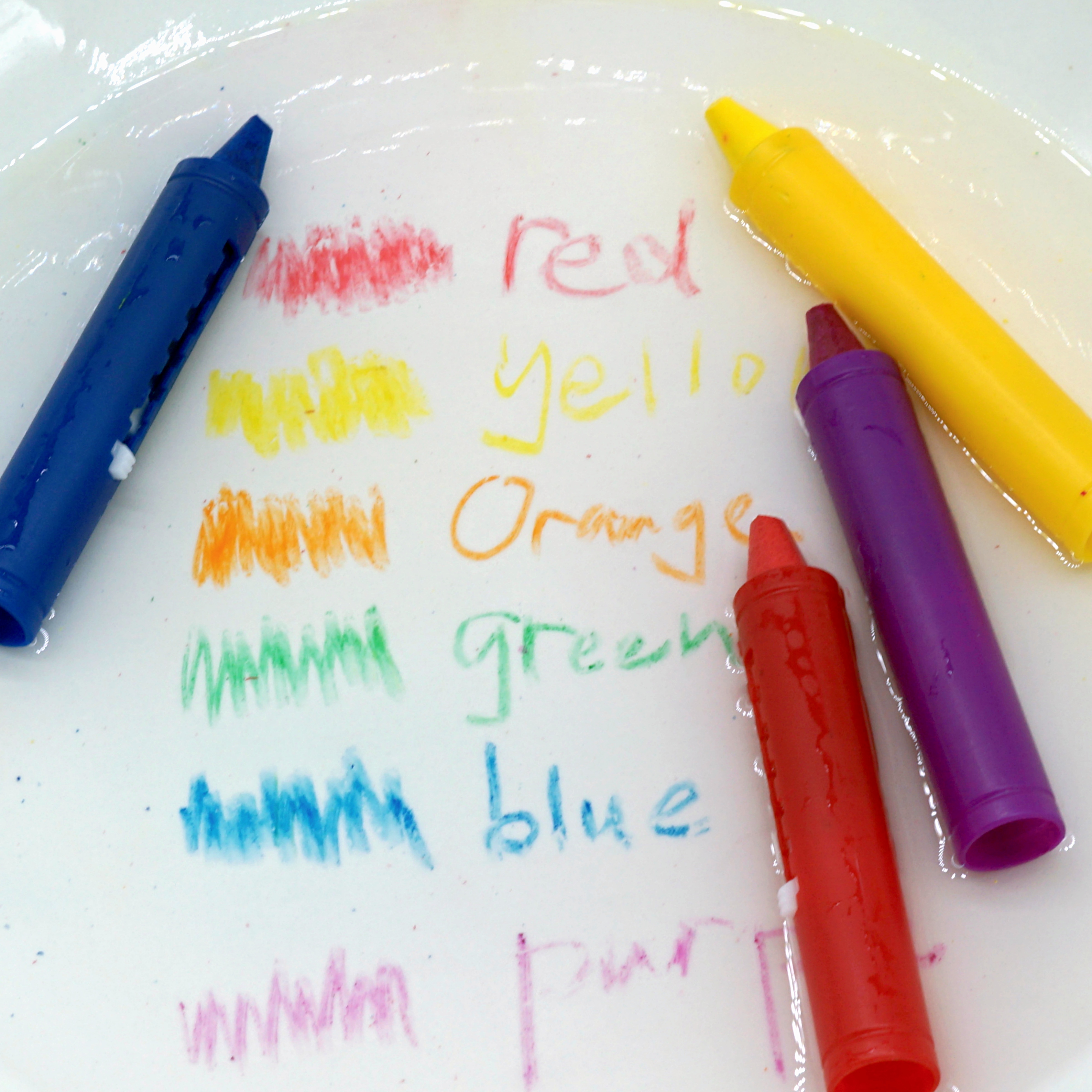
1. Bath crayons can be used to draw on tiles, glass, mirrors, bathtubs, and even on your own skin, allowing children to have fun while playing, and can be rinsed with soap and water when applied to the surface of the skin. When stained with clothes, just use normal washing method; if you need to achieve the best cleaning effect, you can immediately soak in hot water for 1~2 hours when stained, and then wash with neutral detergent.
2. Crayons are different. Besides wax, some crayons are made of chalk or charcoal. If the chalk is made from oil-based chalk, it is called oil pastel (oil-based chalk); if the pigments are combined purely by drying, it is general pastel (chalk). Crayon has no permeability, is fixed on the screen by adhesion, is not suitable for too smooth paper, board, and can not be repeated through the overlapping of colours to seek a composite colour. However, through light rubbing or thick painting and hue contrast between colours, crayon painting can also receive the artistic effect of rich and bright, calm and solid.
In addition, crayon painting can be modelled directly through freely mastered thick and thin strokes, producing highly generalised artistic images with a special sense of childish beauty. It is an ideal tool for children to learn colour painting, and some painters use it for sketching and colour recording.
